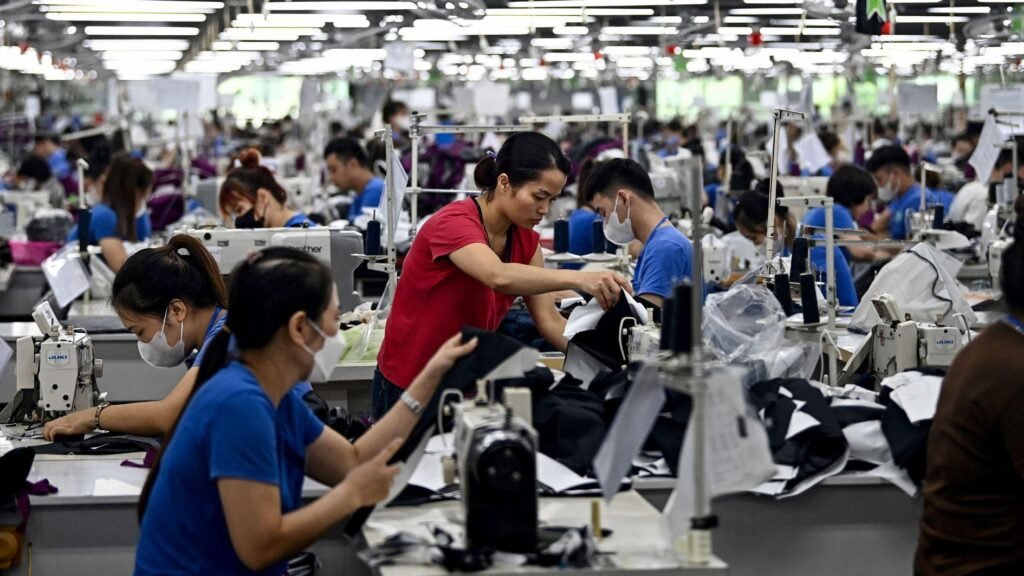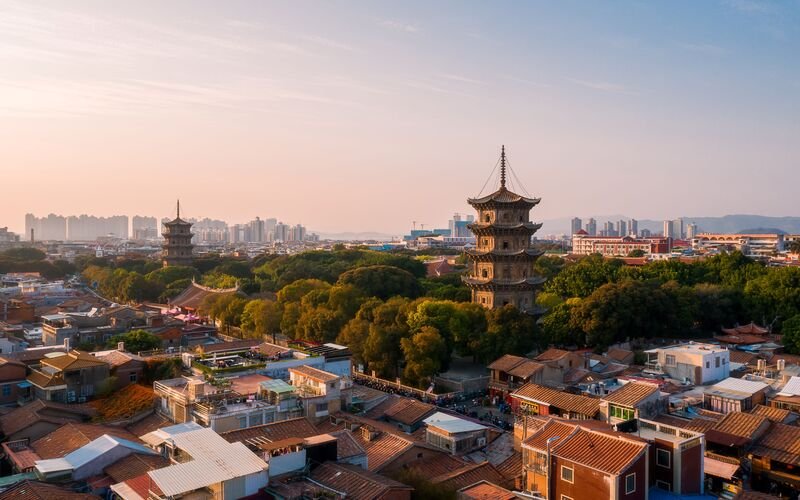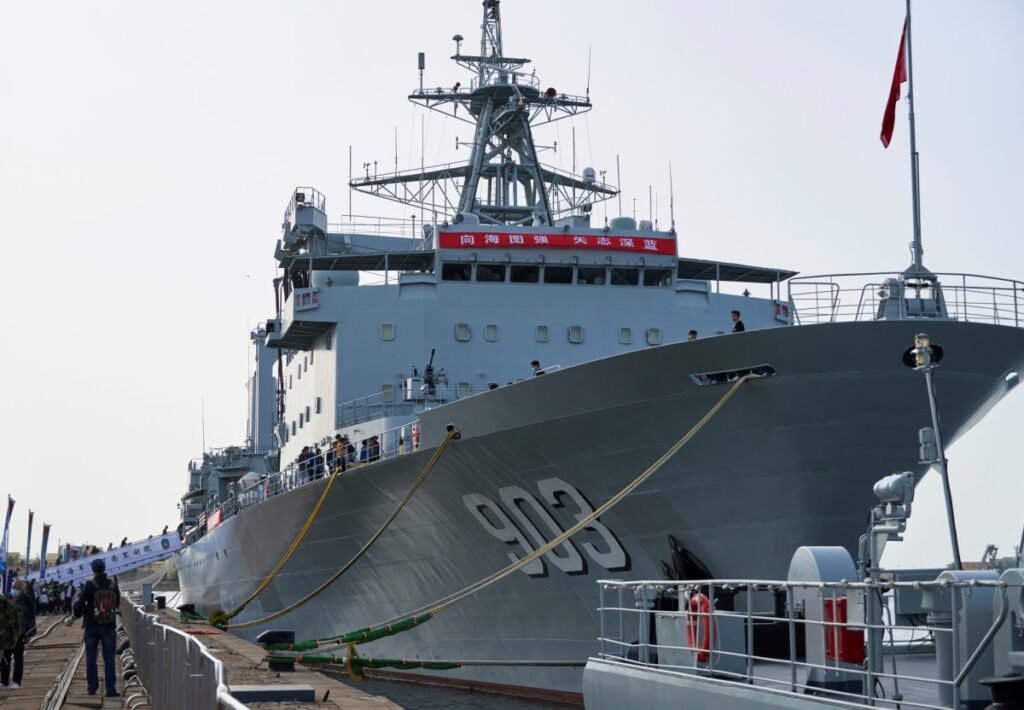The Chinese military has deployed a spy ship, a patrol aircraft and drones in waters around Japan’s southwestern islands in recent days, according to the United States ally.
Newsweek has contacted the Chinese Defense Ministry for comment via email.
Why It Matters
Japan forms part of the so-called First Island Chain—a Western Pacific defensive line—alongside Taiwan and the Philippines, under a U.S. containment strategy that aims to limit China‘s military activities within its surrounding airspace and waters in the event of war.
Meanwhile, China has been expanding its military reach and presence both within and beyond the First Island Chain, including through its recently concluded simultaneous deployments of two aircraft carriers in the Philippine Sea—located on the eastern side of the First Island Chain.
What To Know
A Chinese intelligence-gathering vessel was spotted passing through the Miyako Strait—which lies between the islands of Okinawa and Miyako in Japan’s southwestern waters—en route from the East China Sea to the Philippine Sea on Saturday, according to Japan’s Defense Ministry.
The Type 815A spy ship has been identified as CNS Yuhengxing by its hull number 798. It remains unclear whether it was deployed to monitor the U.S. aircraft carrier USS George Washington, which was seen underway in nearby waters of the Philippine Sea on Monday.
While the U.S. aircraft carrier was operating in the area, the Chinese military on Monday deployed a Y-9 patrol plane and a BZK-005 reconnaissance drone to the Miyako Strait. Both aircraft flew over waters south of Japan’s southwestern islands before returning to China.
A pair of Chinese drones—whose types were not identified by Japan’s Defense Ministry—were tracked flying over the East China Sea two days later. They transited between Taiwan and Japan’s Yonaguni Island as they headed southward off the eastern coast of Taiwan.

The Chinese Type 815A spy ship CNS Yuhengxing, top, and a Chinese Y-9 patrol plane, bottom, transit the Miyako Strait on June 28 and 30, 2025, respectively.
Japan’s Defense Ministry
A map provided by Japan’s Defense Ministry indicates that one of the Chinese military drones returned to China via the so-called Yonaguni Gap—a waterway less than 70 miles wide that separates Taiwan’s east coast from Japan’s westernmost island of Yonaguni.
However, the second Chinese drone continued its southward flight on Wednesday until it exited the Japanese military’s monitoring zone. It is unclear whether the drone returned to China by flying over waters between southern Taiwan and the northern Philippines.
Japan scrambled fighter jets on both Monday and Wednesday in response to Chinese aerial activities near the nation’s airspace, the Japanese Defense Ministry said in its press releases.
What People Are Saying
Japan’s defense white paper in 2024 read: “China has been rapidly building up military capabilities while intensifying its activities in the East China Sea, where the waters surrounding the Senkaku Islands are, as well as in the Pacific.”
The Senkaku Islands are an uninhabited islet group in the East China Sea, ruled by Japan but claimed by China and Taiwan as the Diaoyu Islands and the Diaoyutai Islands, respectively.
Senior Colonel Zhang Xiaogang, spokesperson for China’s Defense Ministry, said in April: “The Chinese military’s operations in relevant waters and airspace are in line with international law and practices, and do not target any specific entity. They are aimed at enhancing our capability to safeguard national sovereignty, security and development interests.”
What Happens Next
China is likely to continue flexing its military power by deploying aircraft and ships across the Western Pacific, a move seen as challenging U.S. military dominance in the region.






